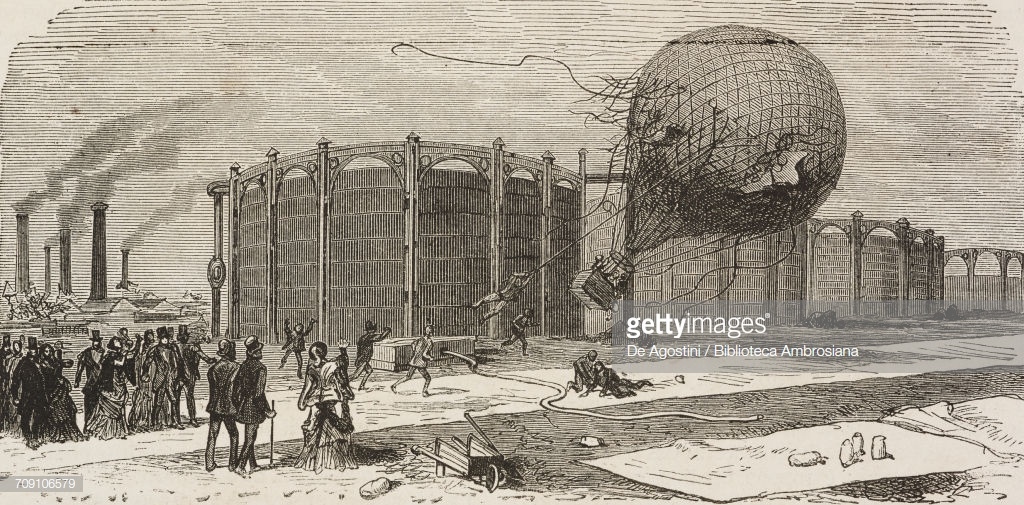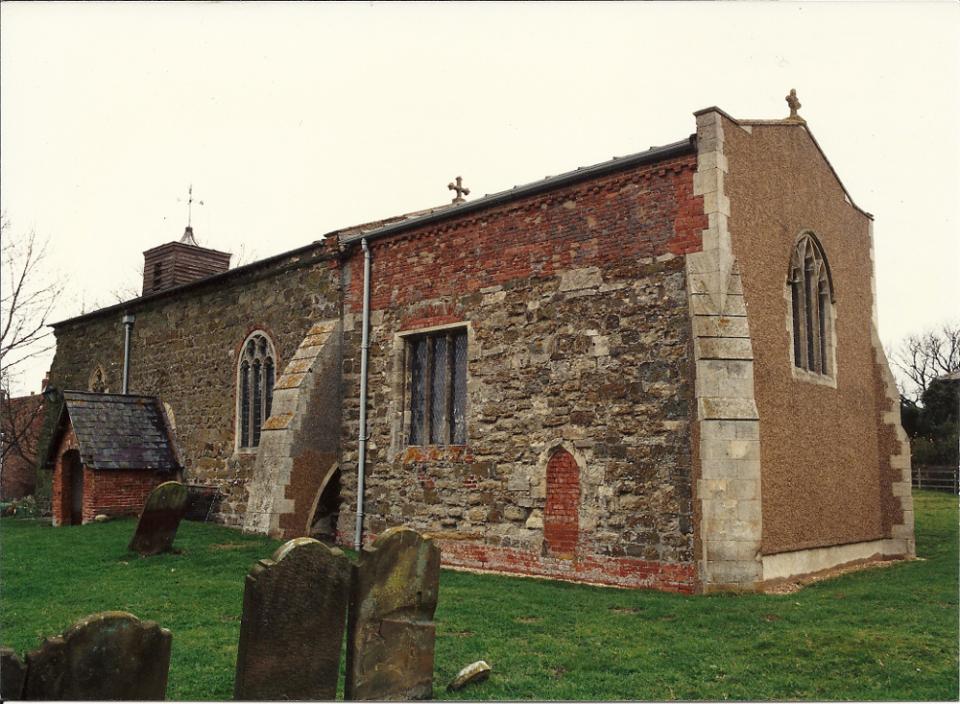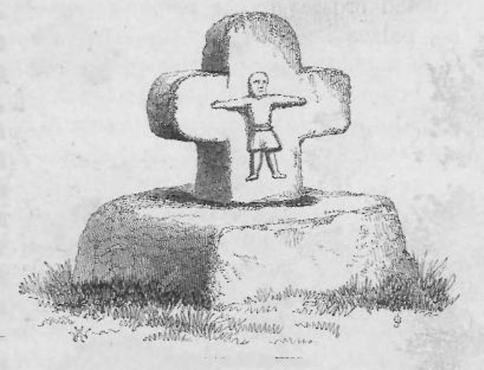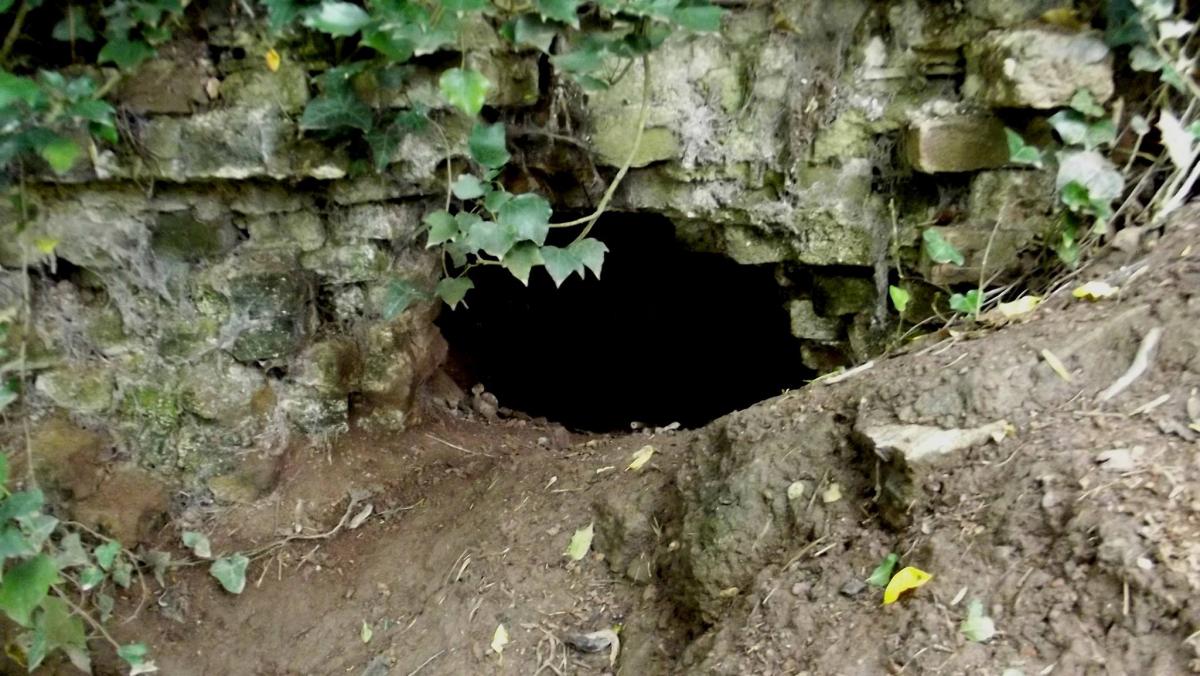usselo: Evidence
Gas Stations of the Past - Part Six
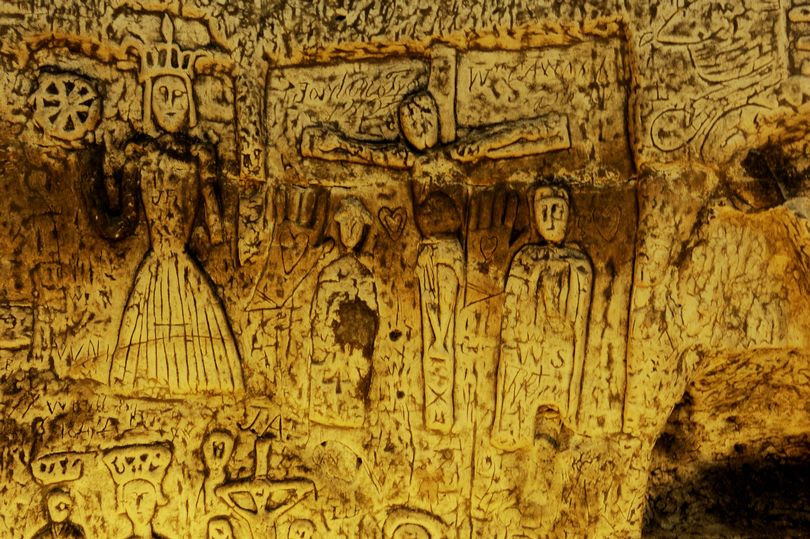
Royston Cave's carvings depict the Hertfordshire town's market days.
Gas Stations of the Past - Part Five

Modern innovation turned balloons into airships. Modern alchemy developed new sources for lighter-than-air gas.
Gas Stations of the Past - Part Three

Mausoleum design suggests gas creation, storage and management.
Gas Stations of the Past - Part Two
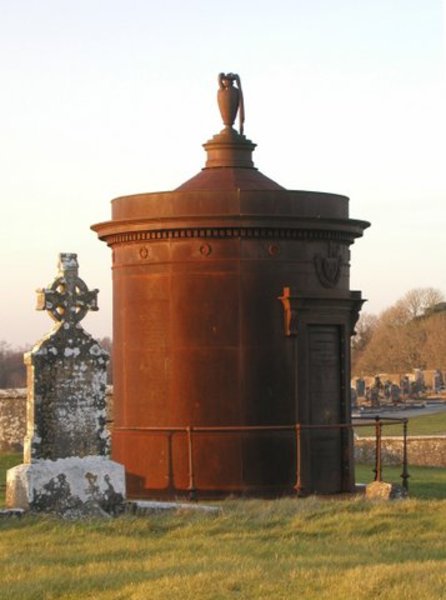
Mausolea as low-tech gas harvesting and dispensing stations. Photographic evidence.
Gas Stations of the Past - Part One

Evaluating mortuary structures as low-tech gas harvesting and dispensing stations resolves their enigmas and better explains their curious physical characteristics.
Depopulated England. Visual Evidence

Visual evidence shows English buildings derelict and overgrown in the 18th century. Vegetation grows from the upper edges of walls and roofs. How?
Newport: The Not So Old Port
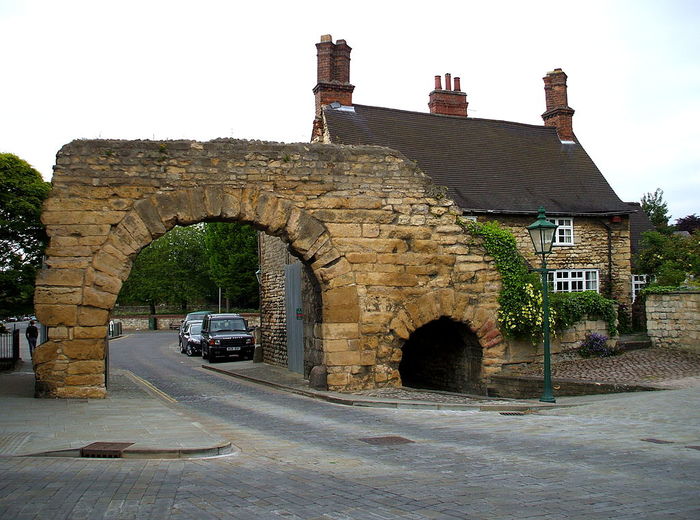
Lincoln's Newport Arch hints at a new date for Roman England. A very new date.
Not The English Civil War
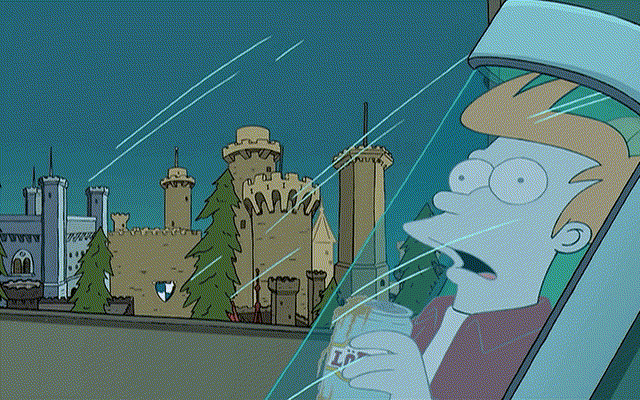
England's Civil War narrative doesn't explain eastern England's destroyed towns, depopulation and signs of radiation sickness.
Eloi was South Holland, Lincolnshire
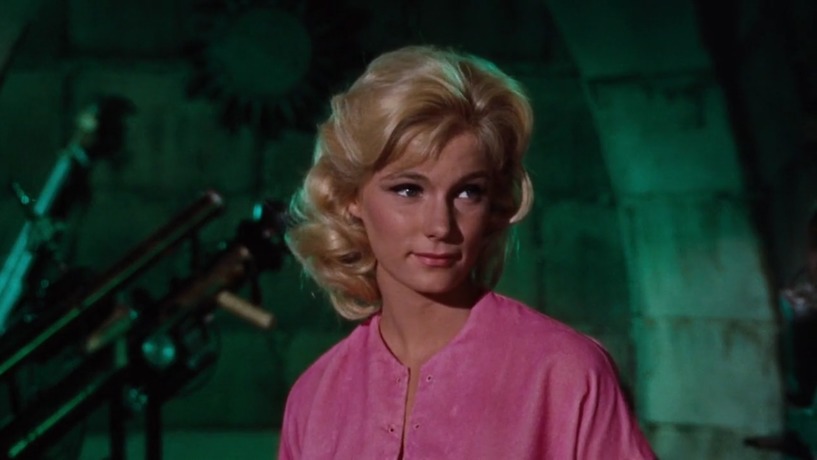
HG Wells' novel The Time Machine describes post-catastrophe humans being reared as cattle. It was based on real events in a real place.
Shop Signs of the Brothel-Keepers

Pimps and brothel-keepers left their shop signs all over Britain and Ireland.
Bone Warehouses For The Discerning DIYer
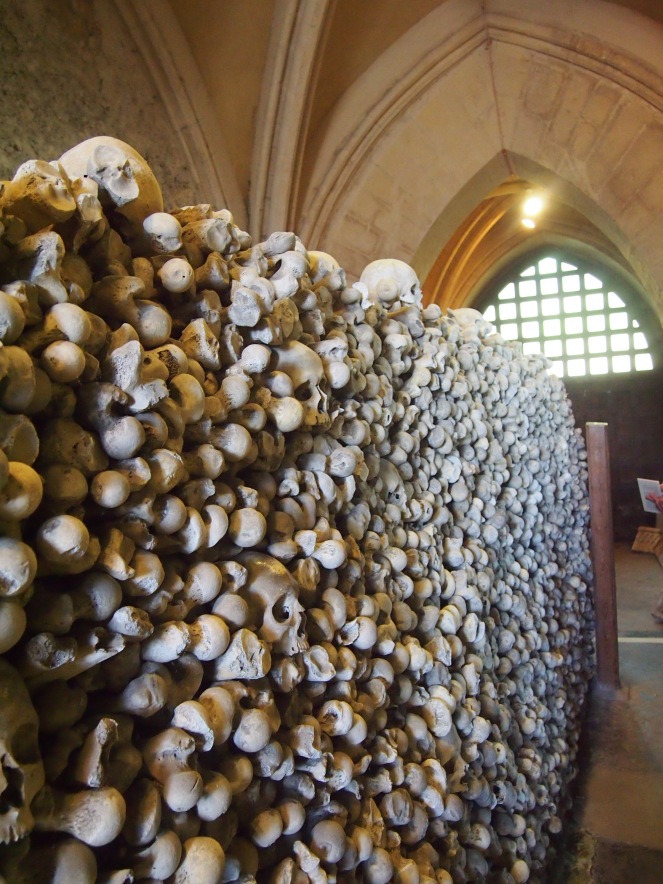
Before there was expensive carbon fibre, there was cheap calcium carbonate fibre.
Tunnel Denial

They're not tunnels, just cellars. And they smell foul, say people who have been in them.

